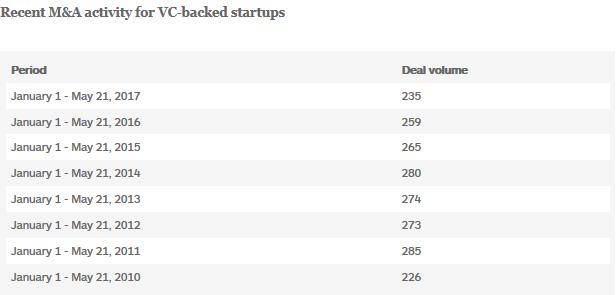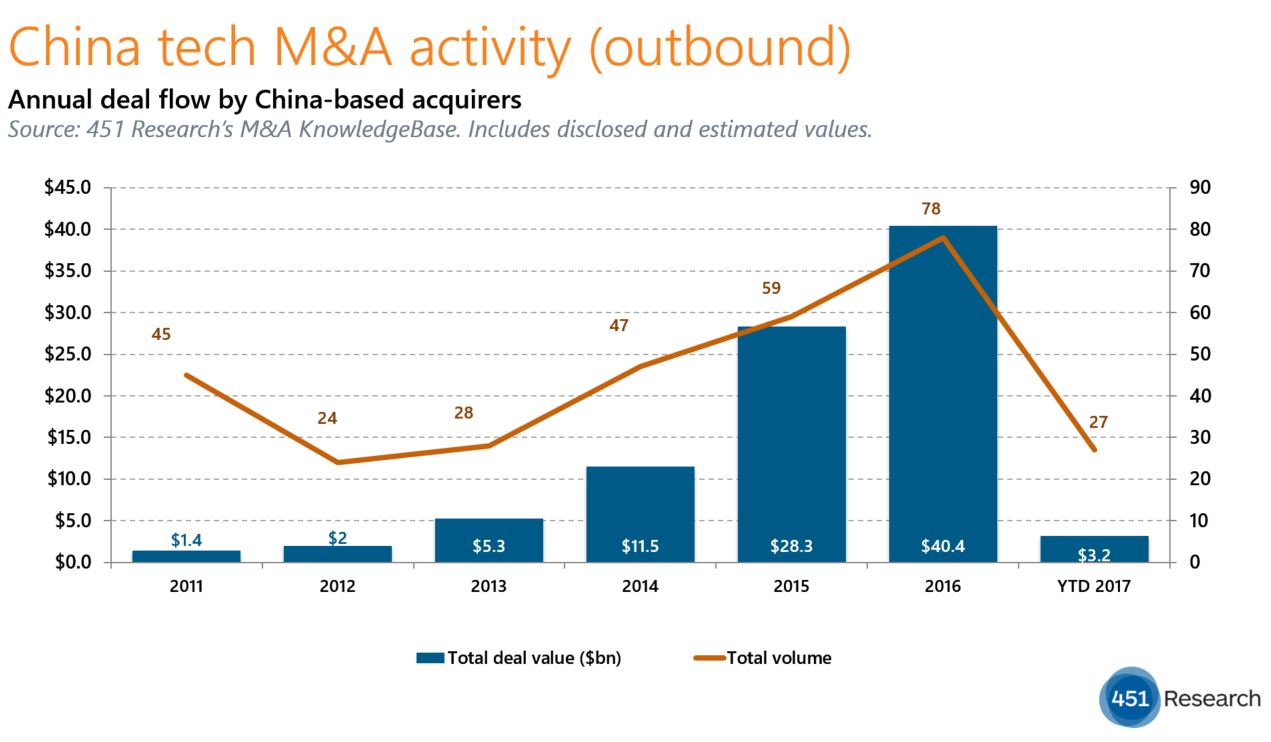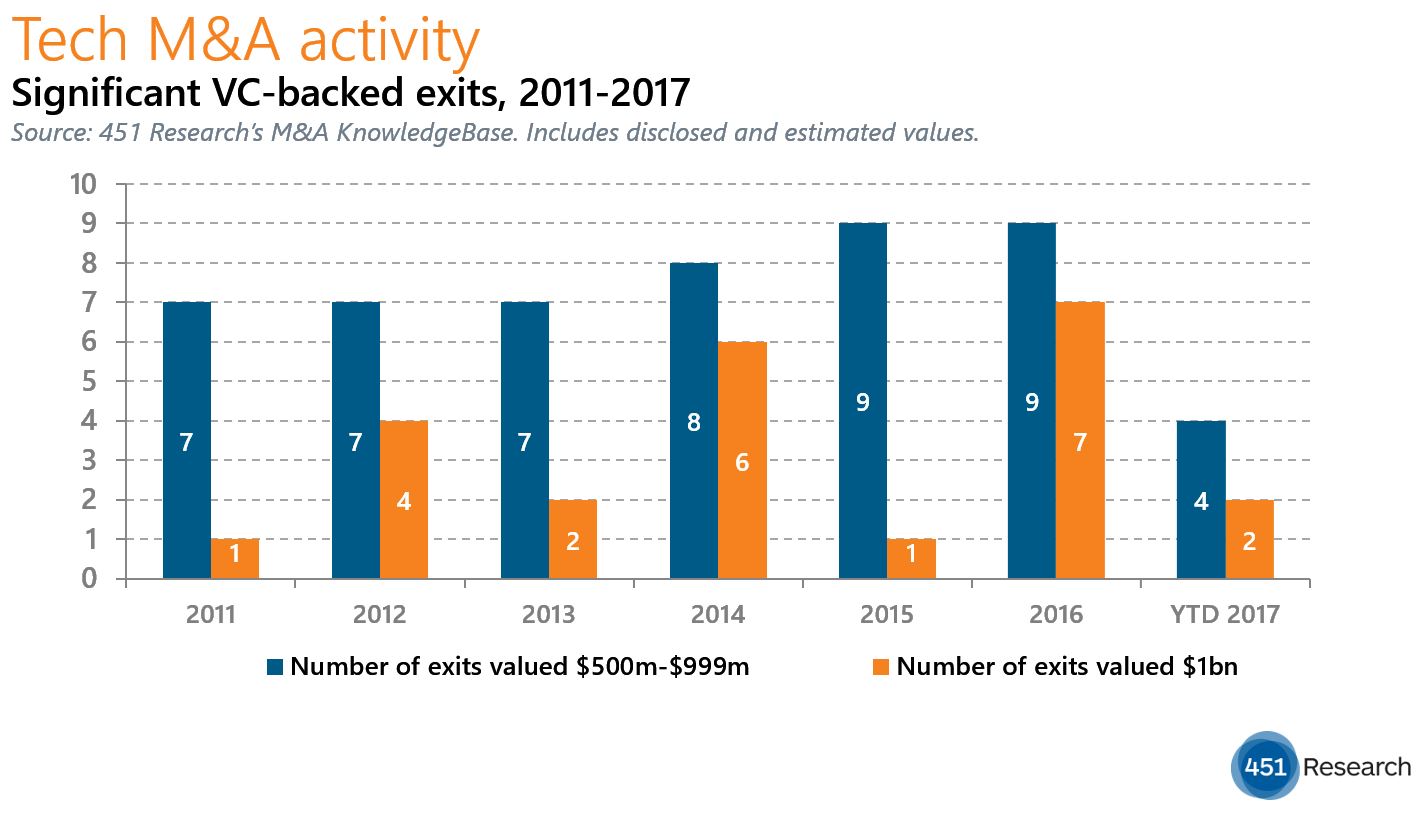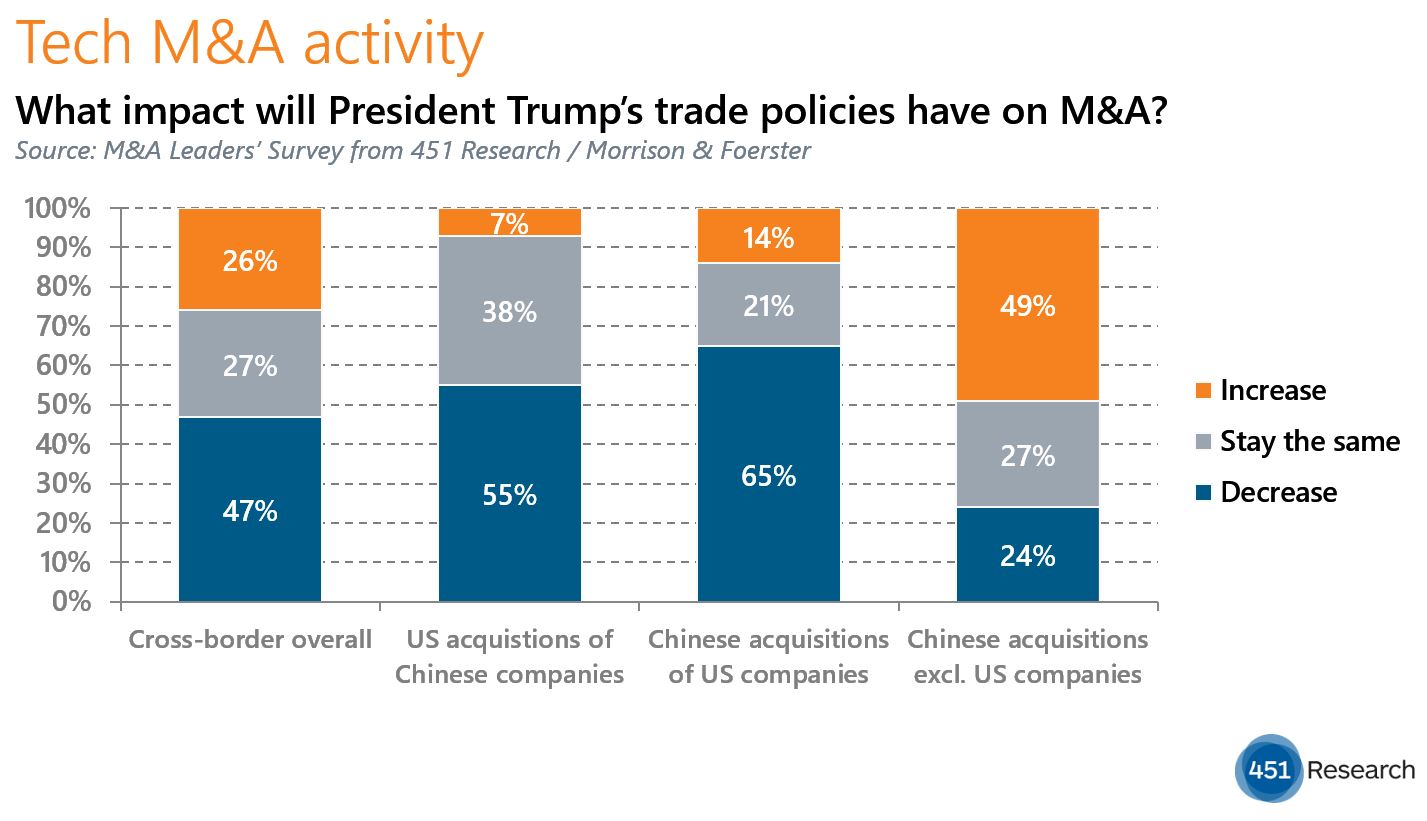Contact: Brenon Daly
Two years after coming public, Xactly is headed private in a $564m buyout by Vista Equity Partners. The deal values shares of the sales compensation management vendor at nearly their highest-ever level, roughly twice the price at which Xactly sold them during its IPO. According to terms, Vista will pay $15.65 for each share of Xactly.
Xactly’s exit from Wall Street comes after a decidedly mixed run as a small-cap company. For the first year after its IPO, the stock struggled to gain much attention from investors. Shares lingered around their offer price, underperforming the market and, more notably, lagging the performance of direct rival Callidus Software. However, in the past year, as Xactly has posted solid mid-20% revenue growth, it gained some favor back on Wall Street. In the end, Vista is paying slightly more than 5x trailing sales for Xactly.
The valuation Vista is paying for Xactly offers an illuminating contrast to Callidus, which has pursued a much different strategy than Xactly. Although both companies got their start offering software to help businesses manage sales incentives, the much-older and much-larger Callidus has used a series of small acquisitions to expand into other areas of enterprise software, notably applications for various aspects of human resources and marketing automation. According to 451 Research’s M&A KnowledgeBase, Callidus has done seven small purchases since the start of 2014. For its part, Xactly has only bought one company in its history, the 2009 consolidation of rival Centive that essentially kept it in its existing market.
Although Xactly is getting a solid valuation in the proposed take-private, it’s worth noting that Callidus – at least partly due to its steady use of M&A – enjoys a premium to its younger rival with a narrower product portfolio. Even without any acquisition premium, Callidus trades at about 7x trailing sales. Callidus is roughly twice as big as Xactly, but has a market value that’s three times larger.
For more real-time information on tech M&A, follow us on Twitter @451TechMnA.




